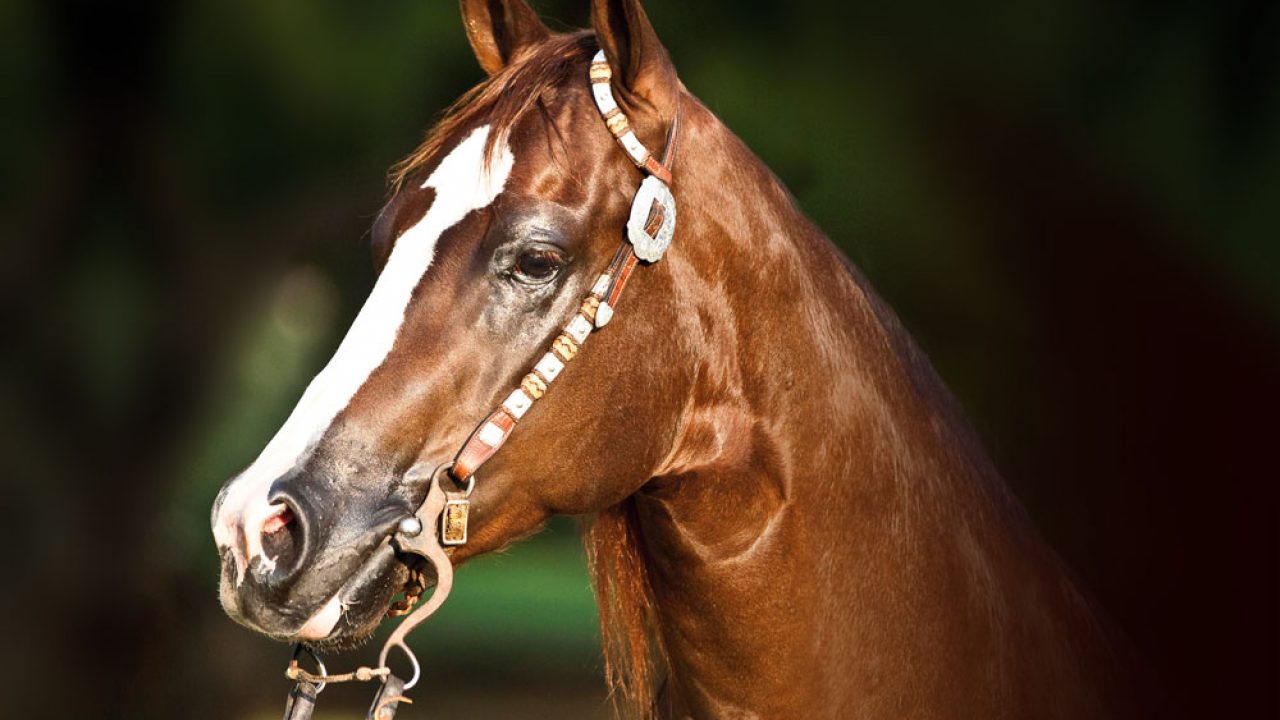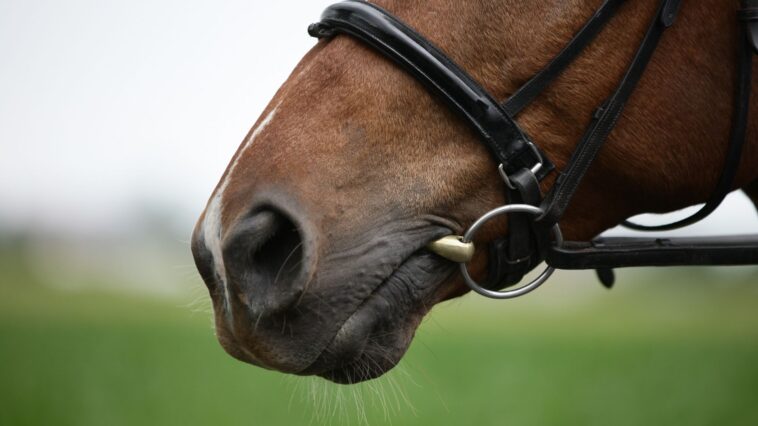When it comes to horse riding, selecting the right bit is crucial for the comfort and safety of the horse. With a wide range of bits available in the market, it can take time to determine the most suitable one. This article aims to provide comprehensive insights into horse bits and guide riders in making the appropriate choice for their equine companions.
The Importance of Choosing the Proper Horse Bit
Choosing the correct bit facilitates communication between the rider and the horse during riding sessions. A well-suited bit ensures the horse’s comfort and contributes to better behavior and performance.
Understanding that every horse has unique needs and preferences regarding mouthpieces and cheekpieces is vital. Therefore, investing time and effort in finding the right bit is necessary to cater to individual requirements.
How To Measure The Right Horse Bit Size?

Take a piece of twine and use it to measure your horse a little. With your hands on both sides, place it in your horse’s mouth. Make sure the string is placed where the bit would rest in the mouth, which is in the area behind the incisors and free of teeth.
Take your thumbs and grab the thread exactly where it emerges from the horse’s mouth on either side to keep track of the measurement. Keeping your thumbs where they are, remove the string from the horse’s mouth. Then, make a mark with a pen where your thumbs made contact with the horse’s side mouth.
Measure the distance between the string’s two points. The size bit you require depends depend on the measurement. No more than half an inch of the bit should protrude from the horse’s mouth on either side. Therefore, the bit must be excessively large.
Types of Horse Bits
Horse bits come in various sizes, catering to age, shank lengths, mouthpiece designs, training levels, and rein aid requirements. The following are the different types of bits available:
Gag Bit
When the reins are pulled, the gag bit sliding or movable cheeks apply pressure on the horse’s poll. In order to get the horse to elevate its front end, it is frequently employed in show jumping and eventing.
Kimberwick Bit
The Kimberwicke is a hybrid bit that incorporates traits from both a curb bit and a snaffle. It contains little “purchase” rings atop D-shaped rings that allow the reins to be attached at various positions and provide various amounts of leverage.
Curb Bit
The shanks of curb bits provide leverage and exert pressure on the horse’s mouth, chin groove, and poll. They are more sophisticated pieces that should only be employed by skilled riders who are able to use subtle cues.
Snaffle Bit: It is commonly used as a starter kit due to its simple design structure. Gag bits are favored for their ability to generate poll pressure, depending on the attachment location of the cheekpiece, which can be above, below, or somewhere between the mouth.
Pelham bits
They are double-jointed leverage-based bits primarily used by more experienced riders, as they apply for greater pressure and support while allowing for less movement.
Each type serves specific purposes, offering varying degrees of control and stability.
Choosing the Right Bit
Several factors should be considered when selecting an appropriate bit for a horse, including riding style, level of training, and disposition. The following guidelines will assist riders in making the right choice:
Identify Your Horse’s Comfort Needs

Choose a bit that comforts the horse, allowing them to avoid unnecessary movement in their mouth.
Consider the Riding Style
Determine whether you are riding Western or English, as this will dictate the type of bit to be used.
Evaluate the Level of Training
Assess the amount of training your horse has received. Tricky bits should only be used if the horse is adequately prepared. Horse bits can be identified, based on the level of training and experience. This is because young horses may need a milder or simpler bit like a snaffle. On the other hand, experienced ones can take up the more specialized bits because of their disciplined nature.
Account for Disposition
If your horse is not responsive to strong encouragement, opt for a bit instead of more intimidating devices such as spurs or crop whips, which may agitate some equestrians.
Seek Expert Advice if Needed
If you require further clarification on the best bit for your horse, consult a professional trainer. They can offer tailored suggestions based on each horse’s unique requirements, considering all relevant factors.
Study Horse’s Mouth
When looking for the right horse bit, you must know its shape and size depending on its mouth and tongue. As every horse is unique, giving them special attention when selecting accessories will always be in your favor. Whichever bit type you pick, it should fit well and do not cause any kind of sensitivity like pinch, rub, or discomfort.
Check Your Horse Response
This may come in later parts but it is a very essential thing to do. Checking the horse’s comfort while wearing the bit is necessary. Being an owner, you have to be very cautious of your horse’s actions. Like, head tossing, opening mouth, or resistance. Select another bit if finding any sign of discomfort.
Recognize Your Riding Style
Each riding style has a unique set of bit needs. For accurate communication, dressage horses normally use snaffle bits, although western horses may use curb bits with shanks. Find out which bit types are frequently utilized in the discipline you have selected.

Conclusion
Selecting the appropriate horse bit is crucial as it enhances comfort and facilitates effective communication between rider and horse. Finding the right bit for training, competitions, or leisurely rides ensures a pleasant riding experience tailored to each horse’s needs.
Remember that each horse is different and necessitates its suitable bit. Take the time to explore and discover what works best for your horse. Do not hesitate to seek assistance or consult your trainer to ensure the optimal choice of bits. Prioritize your horse’s comfort and enjoyment during riding endeavors.




